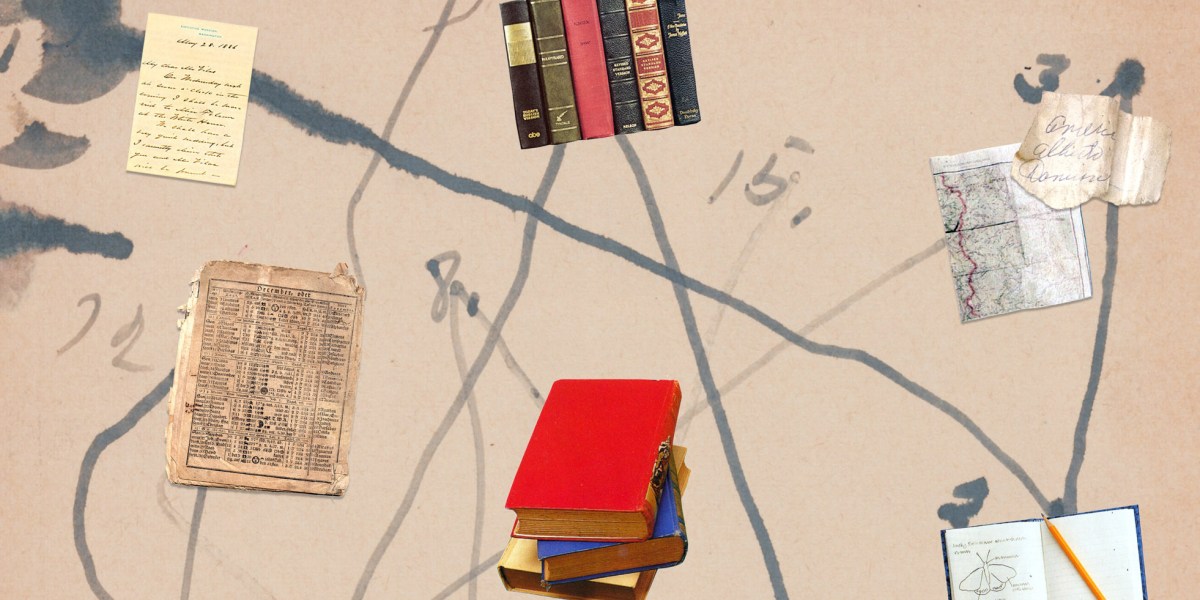How AI is helping historians better understand our past

So far, the project has yielded some surprising results. One pattern found in the data allowed researchers to see that while Europe was fracturing along religious lines after the Protestant Reformation, scientific knowledge was coalescing. The scientific texts being printed in places such as the Protestant city of Wittenberg, which had become a center for scholarly innovation thanks to the work of Reformed scholars, were being imitated in hubs like Paris and Venice before spreading across the continent. The Protestant Reformation isn’t exactly an understudied subject, Valleriani says, but a machine-mediated perspective allowed researchers to see something new: “This was absolutely not clear before.” Models applied to the tables and images have started to return similar patterns.
Computers often recognize only contemporary iterations of objects that have a longer history—think iPhones and Teslas, rather than switchboards and Model Ts.
These tools offer possibilities more significant than simply keeping track of 10,000 tables, says Valleriani. Instead, they allow researchers to draw inferences about the evolution of knowledge from patterns in clusters of records even if they’ve actually examined only a handful of documents. “By looking at two tables, I can already make a huge conclusion about 200 years,” he says.
Deep neural networks are also playing a role in examining even older history. Deciphering inscriptions (known as epigraphy) and restoring damaged examples are painstaking tasks, especially when inscribed objects have been moved or are missing contextual cues. Specialized historians need to make educated guesses. To help, Yannis Assael, a research scientist with DeepMind, and Thea Sommerschield, a postdoctoral fellow at Ca’ Foscari University of Venice, developed a neural network called Ithaca, which can reconstruct missing portions of inscriptions and attribute dates and locations to the texts. Researchers say the deep-learning approach—which involved training on a data set of more than 78,000 inscriptions—is the first to address restoration and attribution jointly, through learning from large amounts of data.
So far, Assael and Sommerschield say, the approach is shedding light on inscriptions of decrees from an important period in classical Athens, which have long been attributed to 446 and 445 BCE—a date that some historians have disputed. As a test, researchers trained the model on a data set that did not contain the inscription in question, and then asked it to analyze the text of the decrees. This produced a different date. “Ithaca’s average predicted date for the decrees is 421 BCE, aligning with the most recent dating breakthroughs and showing how machine learning can contribute to debates around one of the most significant moments in Greek history,” they said by email.
Time machines
Other projects propose to use machine learning to draw even broader inferences about the past. This was the motivation behind the Venice Time Machine, one of several local “time machines” across Europe that have now been established to reconstruct local history from digitized records. The Venetian state archives cover 1,000 years of history spread across 80 kilometers of shelves; the researchers’ aim was to digitize these records, many of which had never been examined by modern historians. They would use deep-learning networks to extract information and, by tracing names that appear in the same document across other documents, reconstruct the ties that once bound Venetians.
Frédéric Kaplan, president of the Time Machine Organization, says the project has now digitized enough of the city’s administrative documents to capture the texture of the city in centuries past, making it possible to go building by building and identify the families who lived there at different points in time. “These are hundreds of thousands of documents that need to be digitized to reach this form of flexibility,” says Kaplan. “This has never been done before.”
Still, when it comes to the project’s ultimate promise—no less than a digital simulation of medieval Venice down to the neighborhood level, through networks reconstructed by artificial intelligence—historians like Johannes Preiser-Kapeller, the Austrian Academy of Sciences professor who ran the study of Byzantine bishops, say the project hasn’t been able to deliver because the model can’t understand which connections are meaningful.


